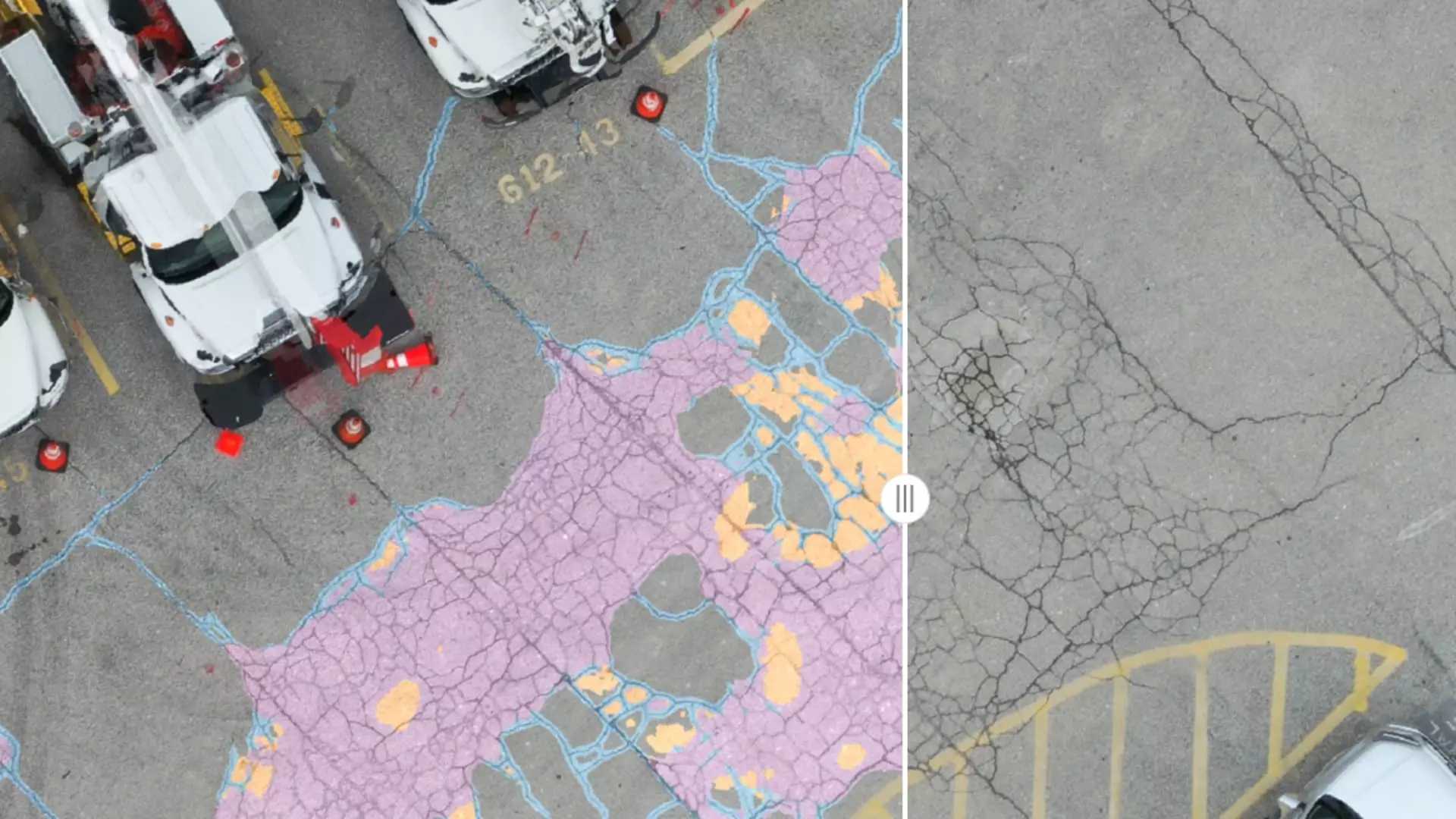In today’s rapidly evolving landscape of property management, there is an almost religious faith in technology as the ultimate safeguard against natural disasters such as hurricanes and wildfires. Companies take pride in deploying drones, satellite imaging, and AI-driven assessments, projecting a future where buildings are smarter, safer, and more resilient. However, this reliance on digital tools often obscures the harsher reality—that technology alone cannot guarantee true safety or mitigate the immense costs of climate-induced calamities.
Certainly, innovations like drone surveillance and AI analysis have revolutionized property management. They provide detailed insights, enabling facilities managers to identify vulnerabilities and prioritize repairs with unprecedented precision. Yet, these very advancements risk fostering complacency. The belief that data and predictive analytics can fully shield properties from catastrophic weather events is an oversimplification—a dangerous narrative that can lead investors and managers into a false sense of security. What happens when these systems fail or are ill-equipped to account for the unpredictable chaos of nature? Overconfidence in technology might make some stakeholders more reckless, pushing them to ignore fundamental risk assessments or deferred maintenance.
The Limitations of Data-Driven Vigilance
While the sophistication of satellite imagery and drone surveys is impressive, it cannot replace the basic principles of sound building practices, prudent maintenance, and thorough planning. Imagery and AI can forecast potential risks, but they cannot alter the immutable power of a hurricane or wildfire. A drone can identify a weak roof, but it cannot prevent high winds from ripping it apart if the roof was already compromised. Furthermore, the static nature of these assessments—conducted annually or after events—creates windows of vulnerability that disasters can exploit.
Moreover, this technological focus often masks the underlying issues of underinvestment and political neglect that plague much of our infrastructure. In the push for cutting-edge solutions, there is a risk of neglecting the fundamentals: robust construction standards, deferred maintenance, and community resilience. These systemic vulnerabilities are often far more significant than the latest digital insights can address. The reliance on AI-driven reports can lull property owners into a false sense of confidence, distracting them from the mundane but critical work of maintaining resilient infrastructure.
The Cost of Overreliance and the False Promise of Precision
The narrative of technological salvation is also expensive. Investing heavily in drone fleets, satellite data, and AI systems might be justified for portfolios comprising hundreds or thousands of facilities, but this approach elevates costs and may distort priorities. Smaller operators, with fewer properties, can often rely on traditional assessments that, while less glamorous, tend to be more practical and immediate. For large corporations, there is a temptation to chase the latest tech trends—often at the expense of consistently maintaining core infrastructure needs.
It is also important to recognize that even the most sophisticated AI systems are only as good as the data they analyze. Weather patterns are inherently unpredictable, and climate change is intensifying natural disasters beyond historical norms. Overconfidence in these systems ignores the fact that no machine, no matter how advanced, can fully anticipate or prevent all damage. When storms exceed the modeled scenarios, technological tools become less of a safeguard and more of a costly illusion.
The Center-Right Perspective: Balancing Innovation with Responsibility
From a center-right liberal perspective, there is a clear need to strike a pragmatic balance. Innovation should be embraced, but not at the expense of fundamental responsibilities. Incentivizing technological progress in property resilience is important, yet it must be paired with policies that encourage prudent maintenance, responsible development, and infrastructural investment. Relying solely on AI and drone surveillance risks turning property managers into passive consumers of data, rather than active stewards of safety.
A sober assessment recognizes that technology is a tool—not a panacea. The true resilience of our infrastructure depends on a combination of innovative solutions and solid, traditional practices. Policymakers and property owners alike must avoid the seductive allure of the “future is digital” mantra that often dominates the industry. Instead, they should focus on resilience as a holistic concept—one rooted in community planning, responsible construction, and relentless maintenance, complemented by technological advances, rather than replaced by them.
In essence, real estate resilience cannot be bought with drones or AI. It requires a mature understanding that technology is an aid, not the ultimate answer. Overconfidence in these systems endangers long-term safety and undermines the very principles of responsible stewardship necessary to confront our increasingly volatile climate. We must remember that true resilience is built on a foundation of both innovation and prudence—an approach that understands the limitations of technology while leveraging its strengths for a sustainable, secure future.


Leave a Reply